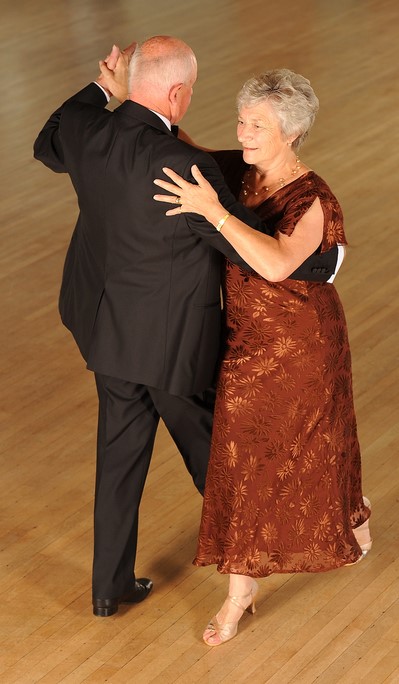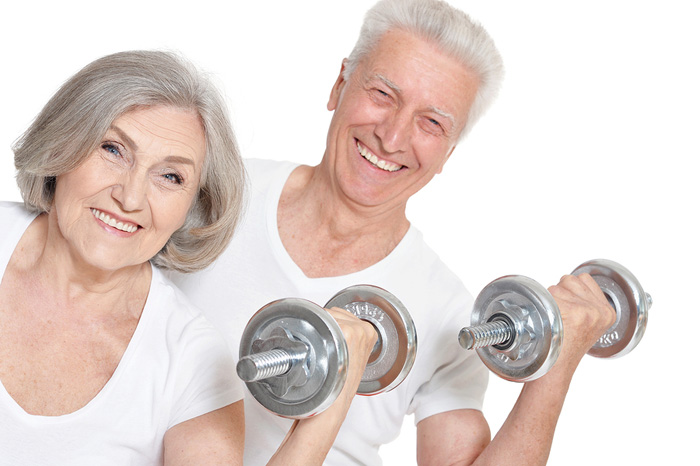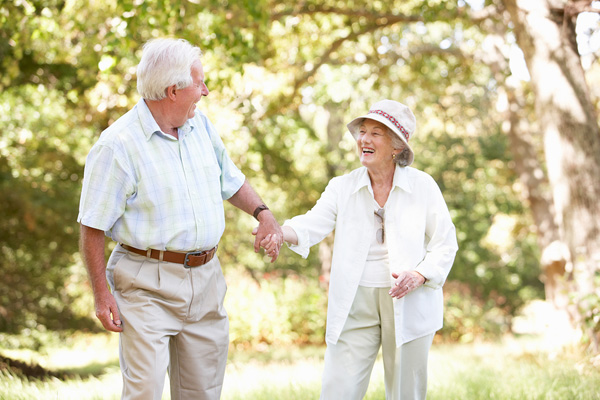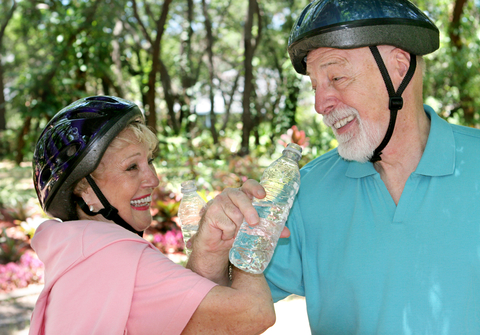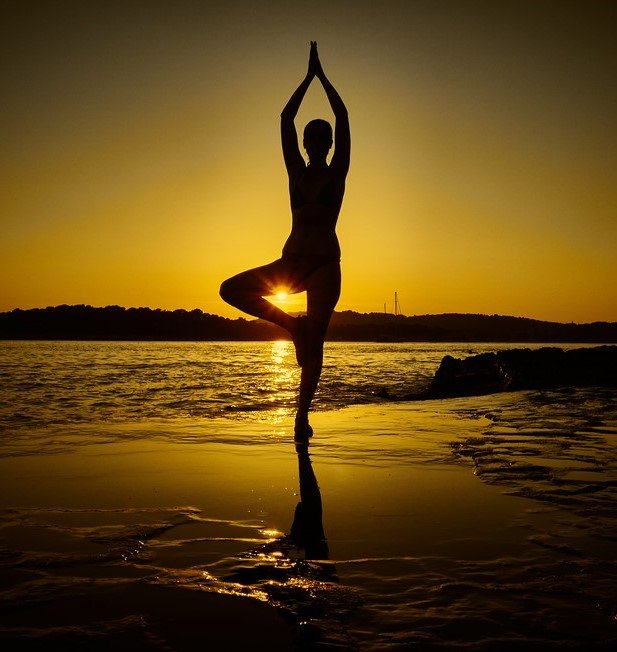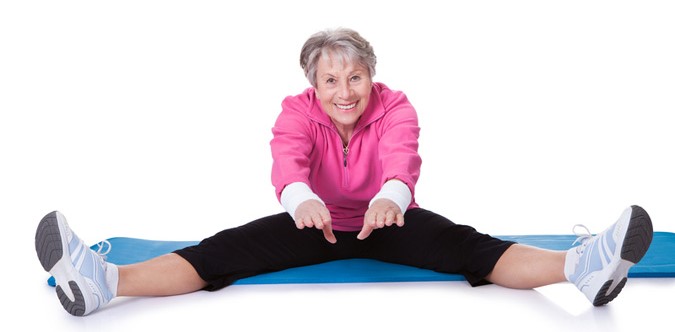The Importance of Functional Fitness for Older Adults
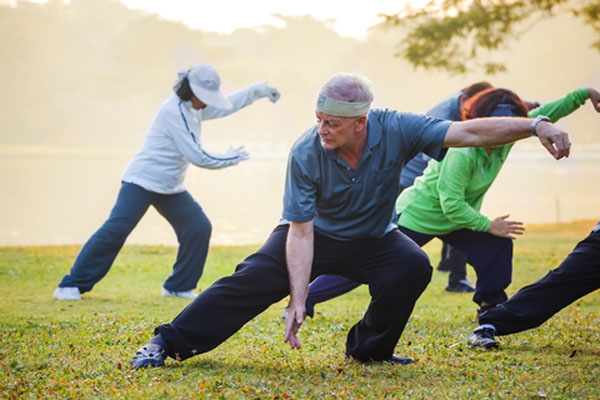
The importance of functional fitness as we age is increasingly being emphasized among doctors and health professionals.
Did you know that there were more than 2.5 million non-fatal falls that required medical treatment in the year 2000? Treatment for those falls was estimated to cost about $19 billion, and more than 60% of that money was spent on hospitalization. Many of these expenses were the result of falls suffered from older adults, with women at a higher risk of falling than men.
Sadly, falling is not a normal part of aging; and the following fitness programs are an effective way to dramatically reduce the risk of becoming just another statistic. No matter what your age and physical condition, the time to consider adding this type of fitness program into your lifestyle is now.
What Is Functional Fitness?
For most people, daily life is full of movement. Whether carrying groceries, cooking dinner, cleaning the house, or taking a walk through the park, you perform many movements each day with little to no thought.
The goal of functional exercise is to improve your body parts so that they function together more efficiently with limited risk of injury, such as those falls that cost older adults billions each year. The primary focus is on movements rather than one body part.
Functional exercise is excellent for building a stronger core, which enhances body movement and stability.
Functional exercise sessions mimic the motions that you use in daily life, including twisting, bending, squatting, getting up from the chair, and climbing stairs. Each movement will strengthen your muscles, but it also integrates and improves other components of fitness such as coordination, flexibility, and balance.
When these sessions are completed routinely, you will develop a higher level of fitness that protects your mobility as you get older. You may find that you’re able to move easier with less stiffness or pain while limiting your risk of falls and other injuries.
How to Start Functional Fitness Training
Many senior centers and community activity centers now offer these fitness programs. You may also contact your local YMCA to ask about the Silver Sneakers program, and they may provide functional exercise classes even without access to that program.
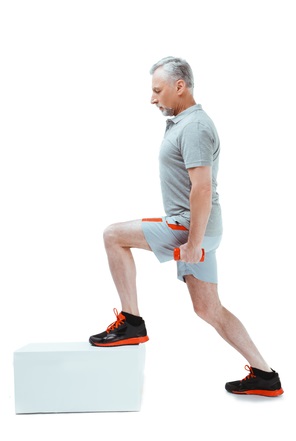
If you can’t find a program in your local area or aren’t able to travel outside of your home for a fitness class, there are many functional exercises that you can do at home or in the gym.
Using free weights such as dumbbells or bars recruit move muscles to stabilize the weight during every phase of the motion. TRX is another workout tool that you can take anywhere.
Here is a short list of exercises to get you started, courtesy of the Silver Sneakers blog:
- Squats – Stand with your feet hip-width apart and allow your weight to shift into your heels as you sit back as if you’re about to sit in a chair.
- Lunges – Bring one foot forward, plant it on the ground, and then lower your back knee toward the ground. Your front leg will bend at a 90-degree angle before you pull back up and return your leg to standing position. Repeat on the other leg. You can even perform walking lunges by taking big steps forward and easing down before taking the next step.
- Push Ups – You can perform pushups on your knees or even from a standing position with your body at an angle from the wall, leaning into the wall and pushing back with your arm muscles isolated.
Have you heard of these simple exercises before? If yes, then you already know how to begin functional fitness training.
Testimonial Evidence
I have noticed something. When I use the squeegee to dry down the shower, I no longer have to push up with my arms to stand back up. Now I can just stand.
Thank you, Bodies of Evidence. ~Paul Elder, age 72
Functional Fitness Facts
Before you head off to do a few pushups, let’s take a look at a couple functional fitness facts:
- Anyone can perform functional fitness exercises, and it will have a positive impact on everyone who does them. Even if you're currently sedentary, your body will benefit from this training.
- It’s never too late to start training your body to function safe in daily life. Regardless of your age, weight, or physical limitations, there is a way to improve the functioning of your body. You just might need a bit of help from someone else to get started.
- There are many affordable tools that you can use to safely improve your functional fitness from home. These include exercise balls, bands, bars, dumbbells, and your own body weight.
Functional training is not just another exercise fad. It's great way to improve quality of life and should be around for a very long time.
More Topics That May Interest You
Some of the advertisers on my website are affiliate partners, which means that I may receive a small commission from any sale, at no extra cost to you.
For example, the Amazon affiliate advertising program is designed to provide a means for sites to earn fees by advertising and linking to amazon.com.
Your tips and purchases help to support this free-information website.
Thank you.
The content of this website is for informational purposes only and not intended to be taken as a replacement for professional medical advice, care, diagnosis or treatment by a doctor, dietitian, physical therapist, nutritionist or fitness instructor.
DO NOT BEGIN ANY EXERCISE PROGRAM WITHOUT CHECKING WITH YOUR DOCTOR FOR UNDERLYING CONDITIONS THAT MAY PREVENT YOU FROM DOING SO.
